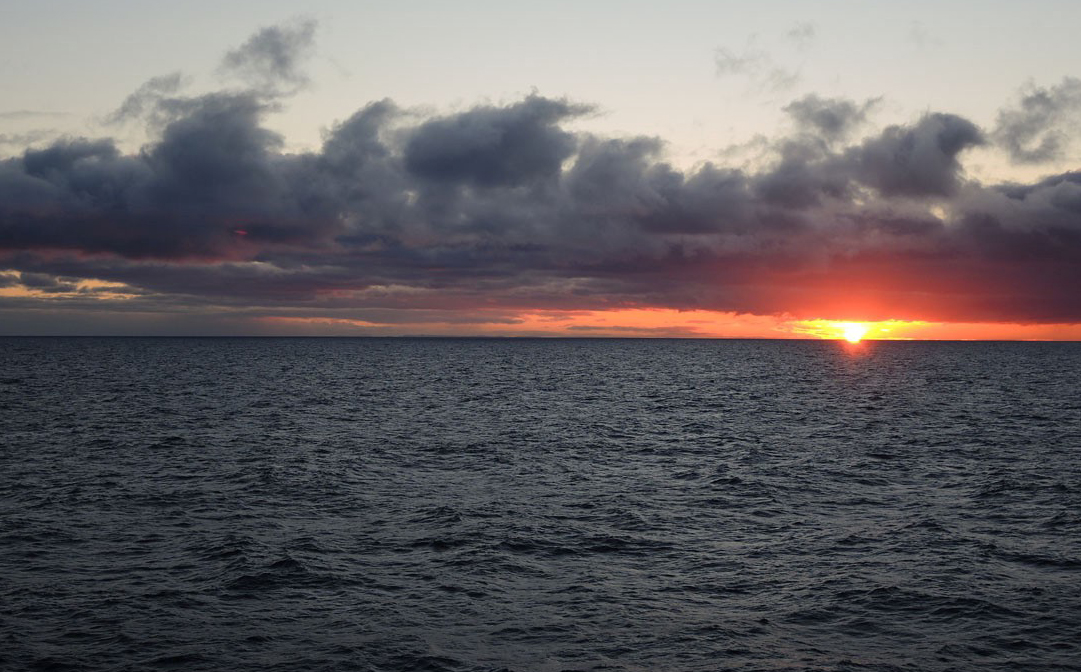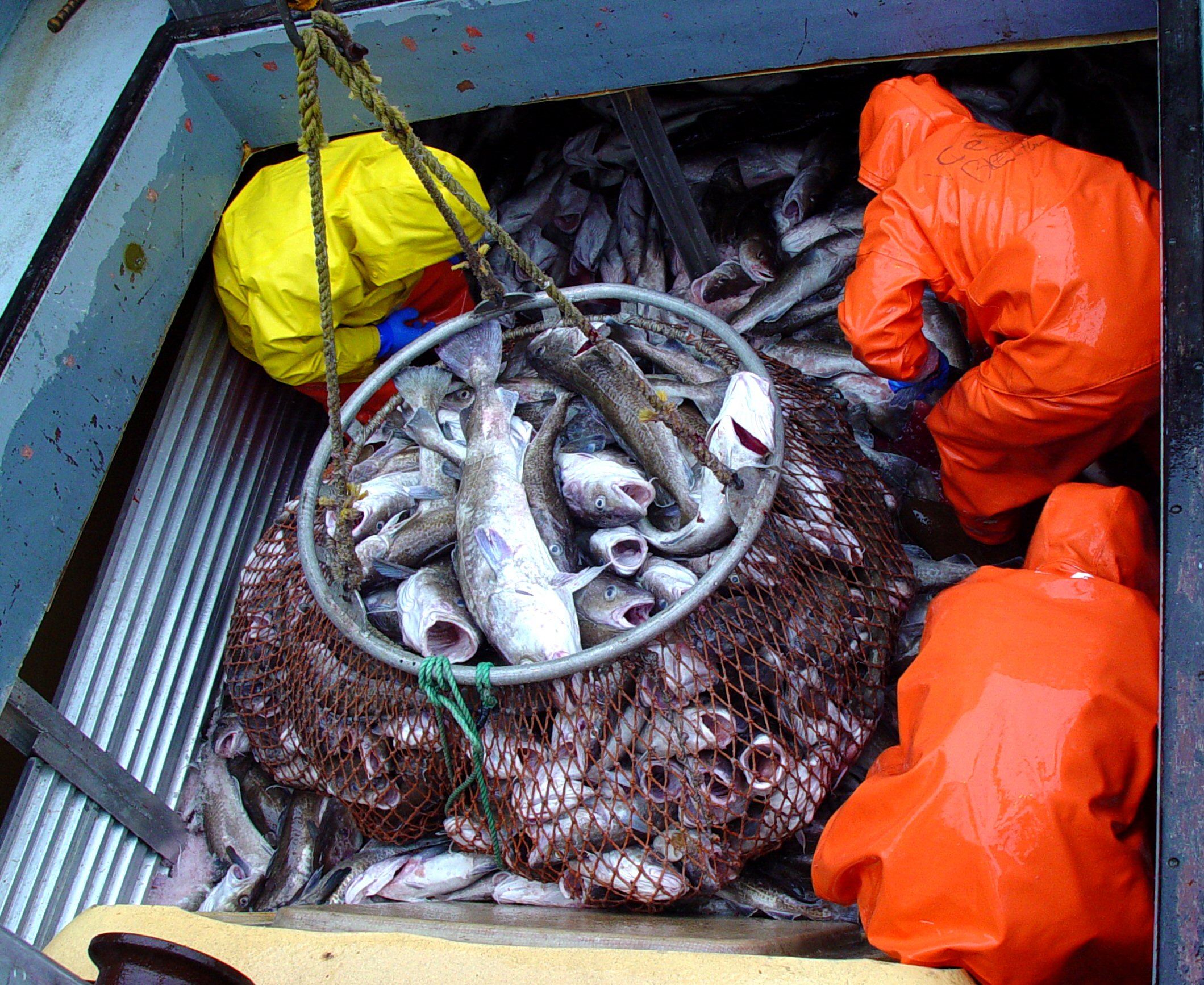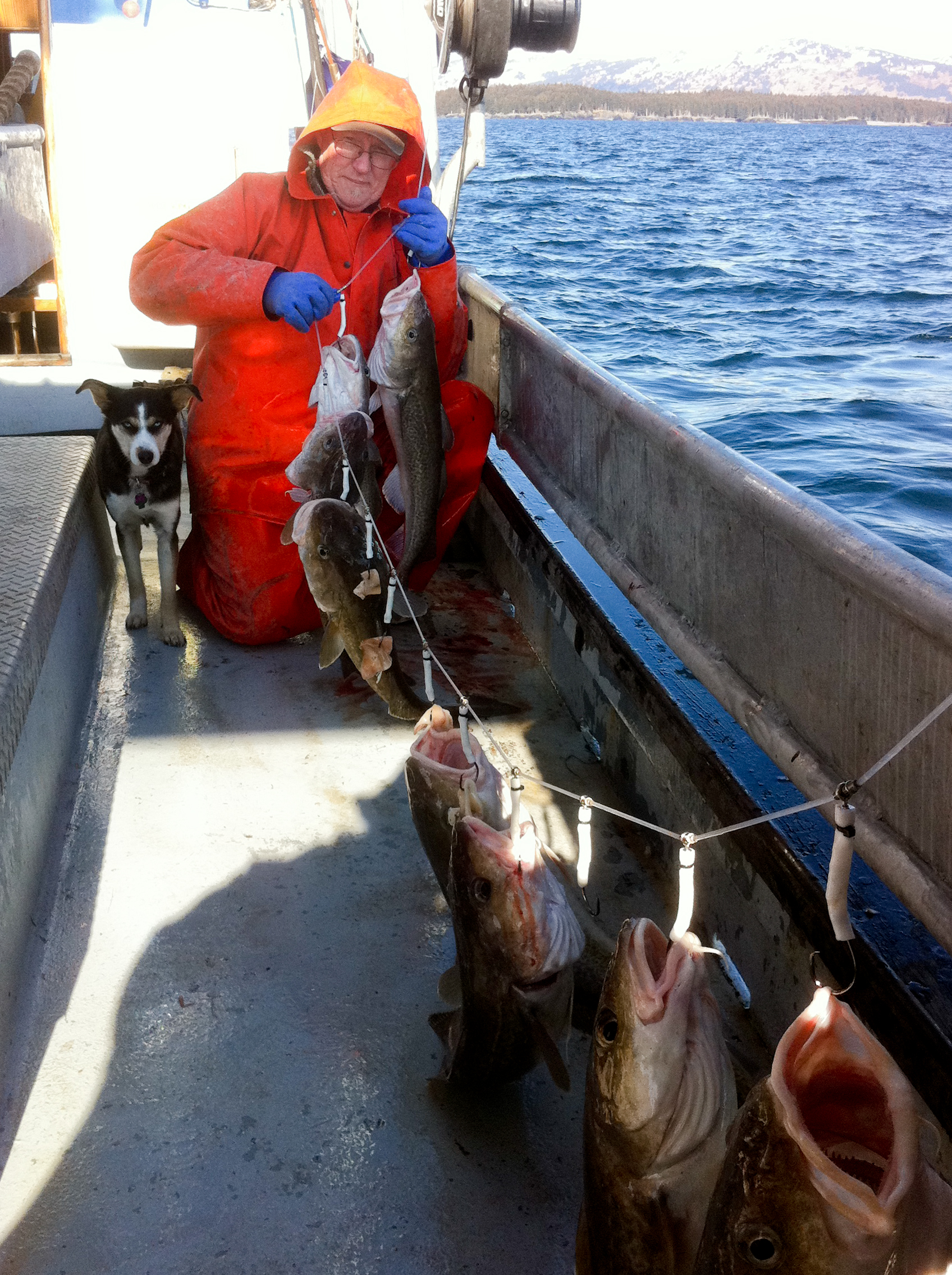By Cod! Climate Change is Crushing an Alaska Fishery
One of the first victims of climate change has been the Gulf of Alaska cod fishery

For those of us who care deeply about the people, places and animals of the Arctic, there is no shortage of bad news these days. The National Oceanic and Atmospheric Administration (NOAA) released its annual Arctic Report Card and let me tell you, it is not the kind you’d be proud to stick on your refrigerator.
The stark facts include: the second warmest land surface temperatures in the Arctic since 1900, distressingly low Arctic sea ice extent, alarming decreases in the thickness of the sea ice and sea surface temperatures well above average.
These drastic changes to the ecosystem have a major impact on an important Alaskan resource: fisheries
For millennia, Alaska Native communities have relied on fish as a critical source of food security and an important part of their culture. The state is famous as a destination for recreational fishermen, giving many the once-in-a-lifetime thrill of landing a halibut or king salmon. And the rich bounty of Alaskan waters in the Gulf of Alaska, Aleutian Islands and the Bering Sea has supported some of the biggest and most profitable commercial fisheries in the world.

And people who live there are witnessing the rapid changes.
This year the Arctic report card includes a special section entitled Voices from the Front Lines of a Changing Bering Sea. The eight Indigenous authors from Bering Sea communities write:
“The Bering Sea is undergoing changes that have never been observed in our lifetimes but were foreseen by our elders decades ago. Global climate change is one of many forces beyond our control that are threatening the entire Bering Sea food chain, of which we are a part. Record-breaking temperatures, reductions in sea ice, and lack of snow are impacting our marine mammals, fish, seabirds, and ecosystem as a whole. The evidence exists along our coastlines, in our waters, and is revealed through the hardships we face in bringing harvests home to our families and communities.”
Pacific cod in the Bering Sea have moved north towards the Bering Strait because the “cold pool,” a thermal barrier that kept fish from moving north, has disappeared. In Norton Sound, just south of the Bering Strait, crab pots are coming up full of cod instead of crab.
One of the first victims of climate change has been the Gulf of Alaska cod fishery.
Climate change has caused a shocking decline in the Gulf of Alaska cod fishery. The mass of warm water in the Gulf of Alaska (dubbed the “Warm Blob”) that impacted fisheries and ecosystems the entire length of the West Coast walloped the cod population. The survival of cod eggs drops significantly when water temperatures rise above 7°C (44.6°F). The future is uncertain as 2020 is shaping up to be another warm year in the Gulf of Alaska.

With cod stocks falling, the North Pacific Fishery Management Council has had to make tough calls in the past few years. They set an 80% reduction in the catch limit in 2018 and an additional reduction of 5% in 2019. This year, they had to make the difficult decision to close the directed fishery completely in 2020 and reduce catch limits for other fisheries that catch cod while fishing for other species.
The fishery management council prides itself on science-based management, and it was clear that there was no other alternative if the fish stock was to recover. Because of rules put in place to protect Steller sea lions (which rely on cod for prey), the directed fishery had to be closed, and the catch in non-target fisheries was reduced as well.

Unfortunately, the experience of the Gulf of Alaska cod fishery, and the broader changes reflected in the Arctic Report card, do not represent an anomaly. Dramatic shifts in the marine ecosystem are likely to be the new normal. As the world rallies around global measures to reduce emissions, we also need to adapt our fishery management systems to match the new reality we face—among them being the way we manage fisheries. We need climate-ready fishery management to meet the challenges that lie ahead. This means continuing the strong, science-based management system we have under the primary law that governs federal fisheries (the Magnuson-Stevens Act), protecting habitat, putting renewed resources into collecting data on marine resources, and developing new management tools and systems that can adapt to the changing climate.
Making these changes can help ensure that our report cards—both for the Arctic and for our fishery management systems—are the kind we’d proudly display on the fridge.